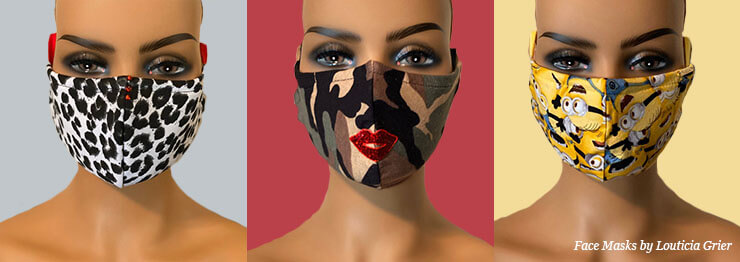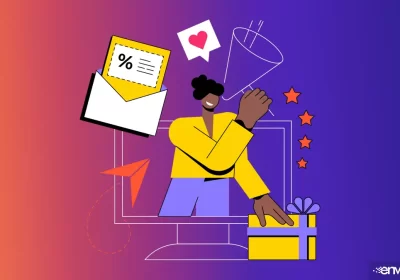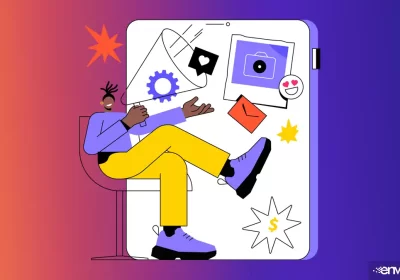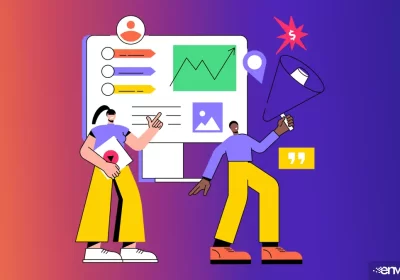How Technology Is Transforming The Fashion Industry
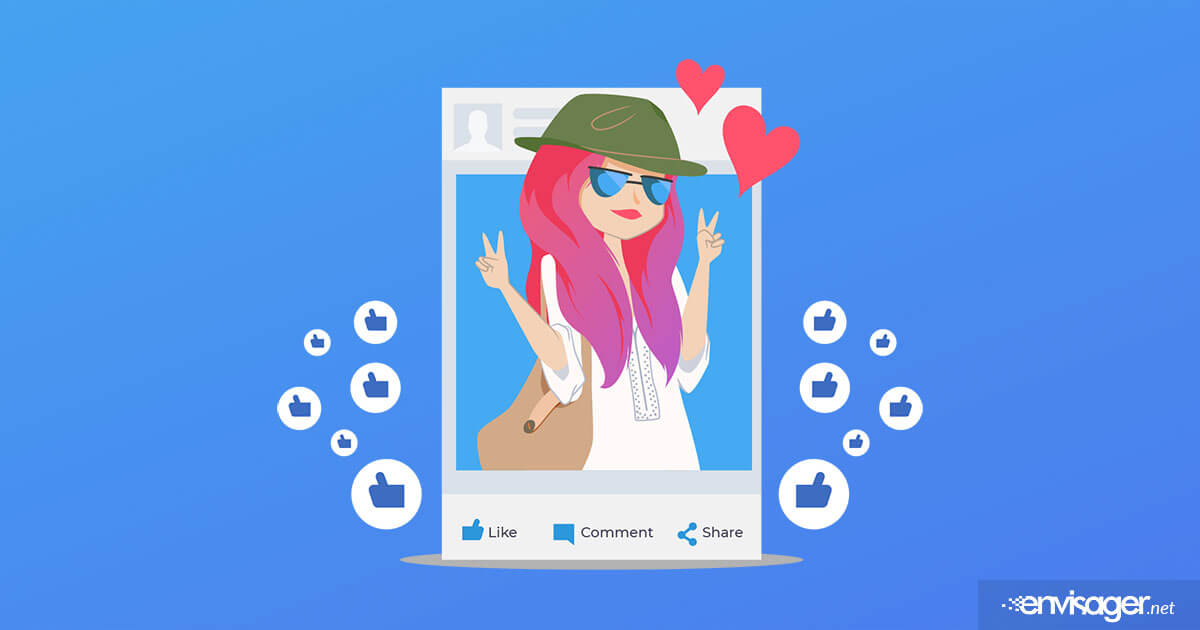
The fashion industry is one of the largest sectors in the world. And it’s startlingly to know it still operates the way it did 20 years ago. It’s laborious nature makes it one of the most exploited industries in the world.
Unfair wages and low cost manual labor have long been hot topics of discussion. But the need to advance with today’s hyper-connected consumer is leading to exciting and new technologies.
Additionally, with e-commerce as a viable marketing tool, technology’s impact has been tough to ignore.
Social media a big part of our lives and it’s transforming how fashion is consumed. Plus, it’s partly responsible for customers wanting immediate access to the latest trends.
However, people want to stand out from the crowd, especially the younger generation. They want something unique like products that match their personalities. Unfortunately, mass producing certain styles of clothing ahead of time may soon be a thing of the past.
As technology continues to advance, our lives will become more interweaved with the digital world. Many fashion designers will need to adapt the latest technologies to reach next levels of manufacturing, wearability and production.
With the use of virtual technology and artificial intelligence, technology is revolutionizing how businesses operate.
So, which technologies are most responsible for transforming the fashion industry?
Mobile Commerce
Nowadays, we can access the internet wherever and whenever we want via our smartphones and other mobile devices. With digital wallets and social media apps, it’s obvious that mobile has influenced our lives. But not just that, mobile is also inserting itself into the business world.
Mobile commerce has introduced a sophisticated form of shopping. Not only can we shop online, but we can also pay for purchases with digital wallet such as Android and Apple Pay.
In fact, recent study revealed that half of millennials prefer online shopping to in-store assistance.
This more advanced form of shopping makes the buying process simple and easy. As an example, Instagram’s Shoppable Posts. This feature makes it easier for people to shop the products they find on your Instagram by viewing tagged products in posts. After clicking the item for more details, they are redirected to your product page.
Not only does this experience reduce the customers search time, it also provides a simple way to discover and shop via smartphones.
Artificial Intelligence (AI)
Social media is the current king of the web. It provides consumers with the means to bend and shape trends. But, it does a lot more than that. It provides brands with a plethora of data that can be used to predict trends and reduce the offset between what’s produced and sold.
So, instead of gathering data manually, retailers use AI to collect, organize and analyze data into pertinent categories. This data is then used to understand and predict what their customers are looking for and deliver on it.
AI in action is demonstrated by “Drest”, an app created by Lucy Yeomans that’s similar to the Dollz computer games, just all grown up. You can dress your own photo-realistic avatar, and then buy the pieces directly via Farfetch. Talk about the best of both worlds.
Internet of Things (IoT)
The Internet of Things is a network of internet connected objects able to collect and exchange data. Basically, you have “things” that sense and collect data and send it to the internet. This data can be accessible by other “things” too.
For fashion, this means a dramatic change is in-play. The fashion is turning to IoT to enhance the consumer experience by embedding technology in products that include just about any article of clothing.
In the lifestyle and fashion industry, there are two main areas where IoT has the most impact:
- Sports and fitness such as smart bracelets or watches that act as fitness or activity trackers and personal trainers.
- Smart clothing, connected glasses or earrings that can change color when the temperature changes or other useful roles.
These examples and other IoT apparel, interact with the user to collect data that helps retailers understand concerns and needs. Subsequently, they are able to create a more personalized customer experience.
Wrapping It Up
In general, digital technologies have completely advanced the fashion industry. With the entrance of mobile, AI and IoT, customers can anticipate receiving a more personalized experience. One that caters to almost all their concerns and needs.
Digitalization is resulting in changes not imagined. And we can only expect this change to continue advancing. That said, retailers must welcome the new technology, or be out of date.
You may also enjoy reading: How To Work From Home During COVID-19: 4 Top Tips

Hazel Burgess
FOUNDER/SEO DIRECTOR
Hazel is the Founder & SEO Director at Envisager Studio, a premier website design agency specializing in WordPress website design, development and internet marketing. In her spare time, she writes about search engine optimization, website design, and internet marketing.
